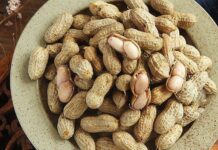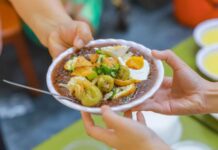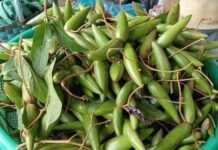Nestled in a small valley, this hidden gem sits over 1,000m above sea level, boasting a rare, pristine beauty.
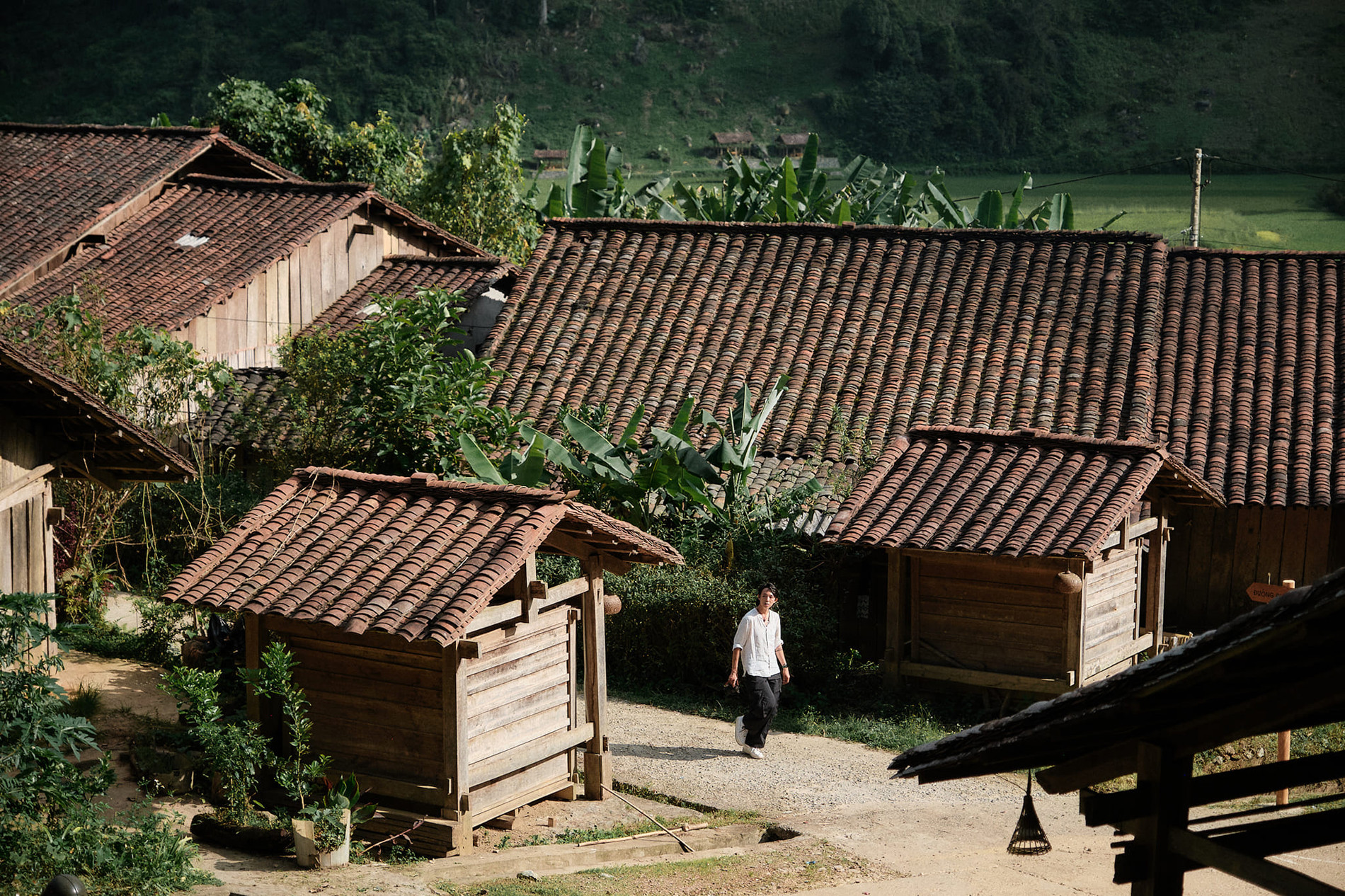
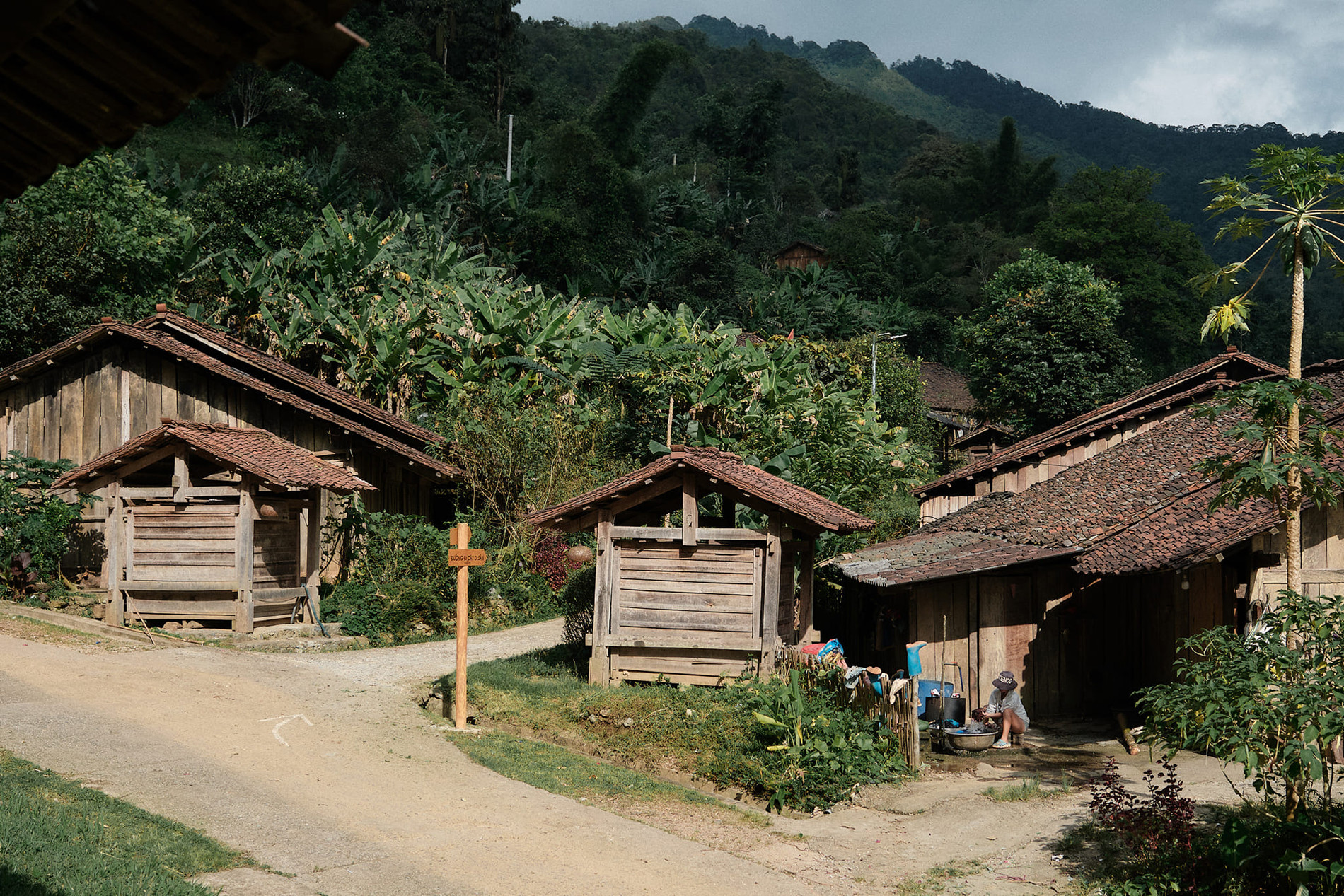
Hoài Khao is home to 34 households, all of whom are from the Dao Tiền ethnic group. The locals have successfully preserved and conserved their unique traditional cultural values.
One of the most striking features of Hoài Khao is its ancient wooden architecture, with roofs tiled in a yin and yang style. In addition to the main house for living, each home has a separate wooden granary outside.
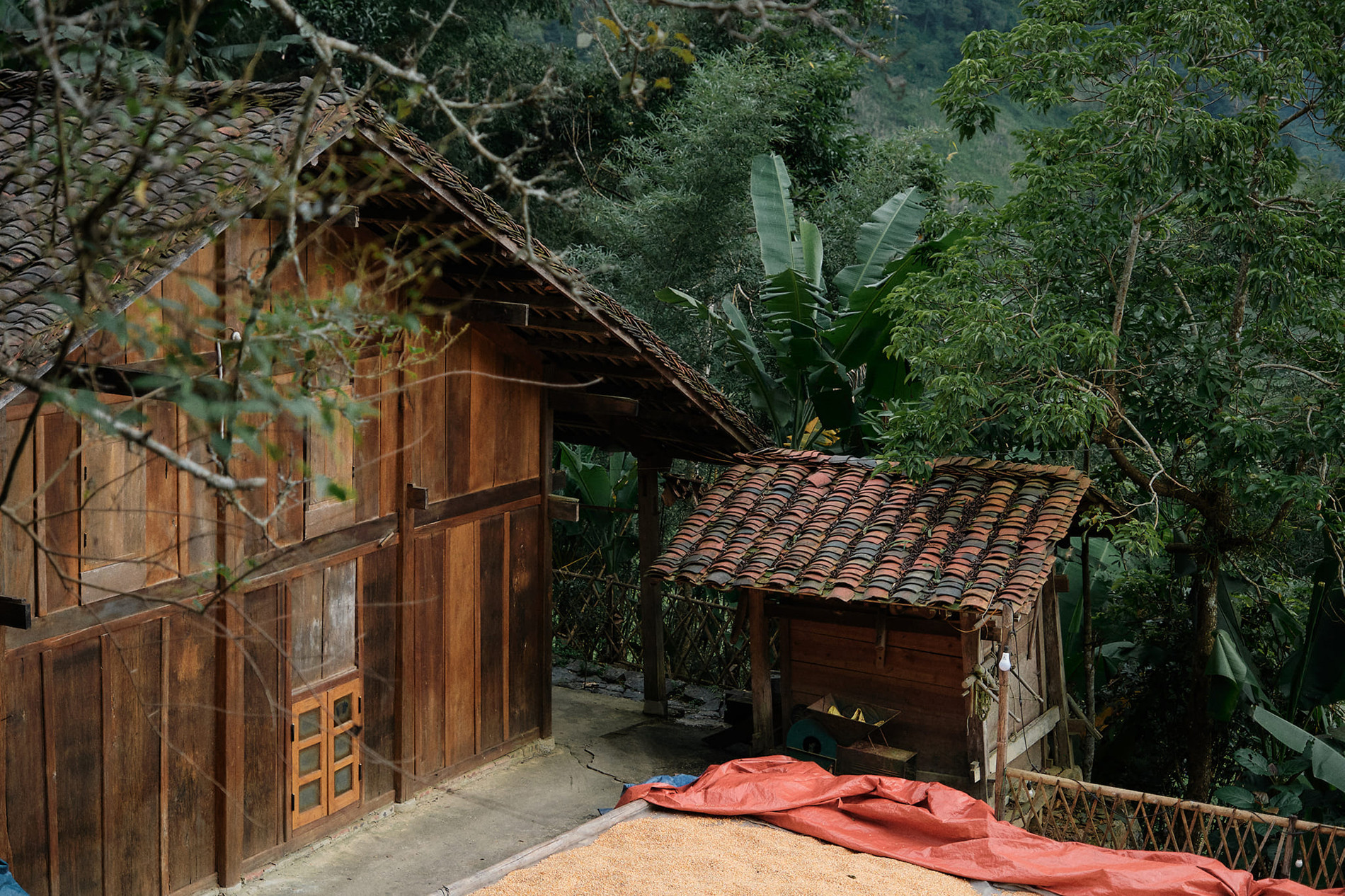
Freelance photographer Hoàng Minh Đức from Hanoi, visited Hoài Khao in early September and was mesmerized by the breathtaking scenery of this small hamlet nestled amidst vast rice fields.
“As a supporter of sustainable tourism, I was completely impressed and attracted by the neatness, tidiness, and cleanliness of the village. Moreover, the locals have successfully preserved the beauty of their architectural and natural landscapes,” shared Minh Đức.
As a result, instead of a short visit, Minh Đức and his friends decided to stay longer, canceling their initial plans to visit the nearby bamboo forest and grassland, only leaving in the late afternoon.
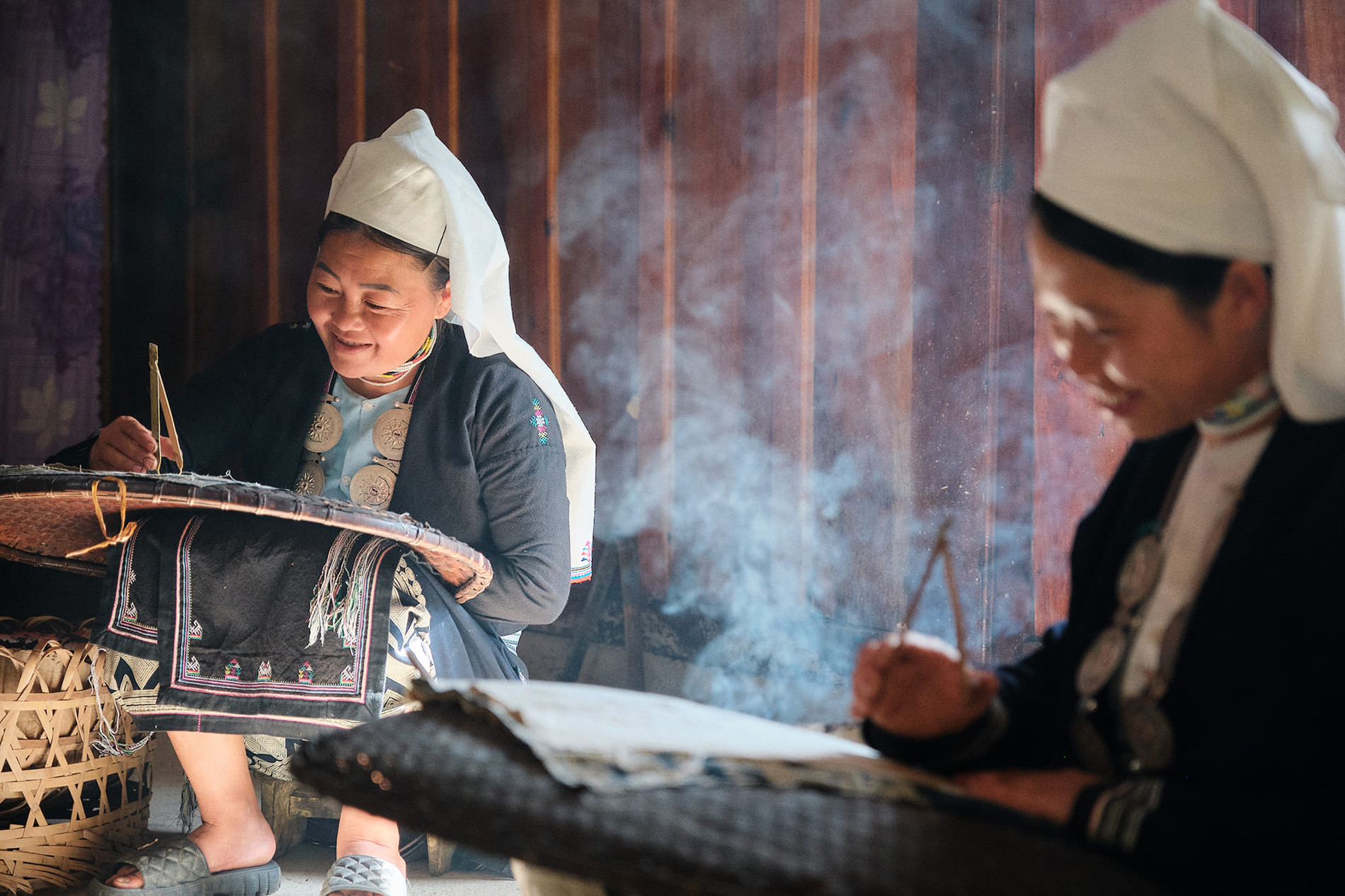
According to the young photographer, besides enjoying the pristine and peaceful scenery, visitors to Hoài Khao can learn about the culture and lifestyle of the Dao Tiền people through various activities such as silver engraving, beeswax flower painting, carp fishing, and ‘páo dung’ singing.
The locals have a unique method of embroidering and printing patterns using beeswax, creating intricate and exquisite costumes with eye-catching geometric, animal, and floral motifs.
Additionally, if requested, the villagers will perform and recreate the ‘cấp sắc’ ceremony, a coming-of-age ritual that only occurs once every 10 to 15 years.
“Each villager is a potential tour guide. Don’t hesitate to ask them for directions or information to ensure a fascinating and complete experience,” added Minh Đức.
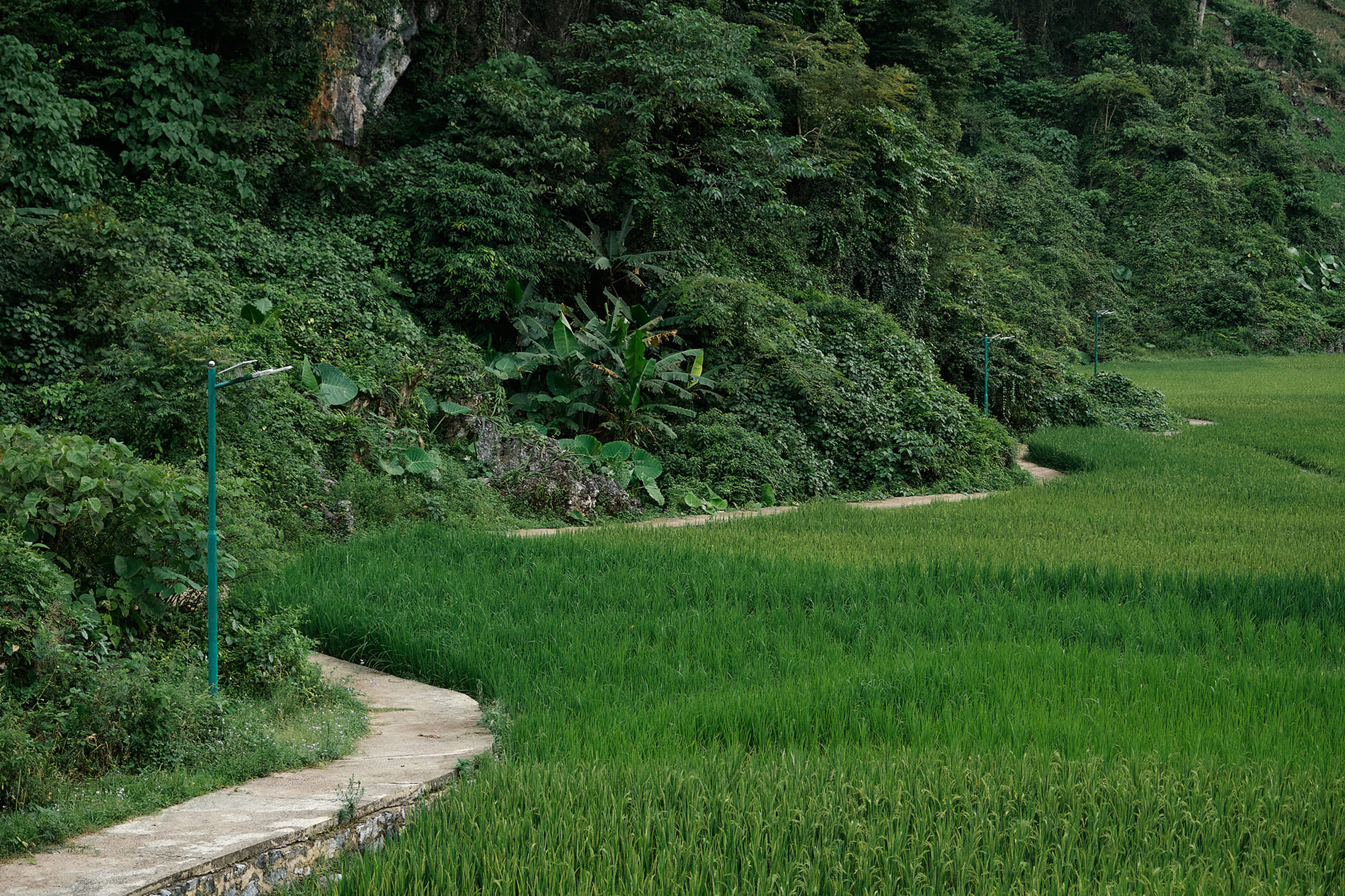
Minh Đức noted that the route to Hoài Khao is relatively easy, even for inexperienced riders. However, visitors should follow directions to the “Hoài Khao Village Cultural House” as the location on Google Maps is incorrect. “We relied on Google Maps and ended up taking a 20km detour,” he said.
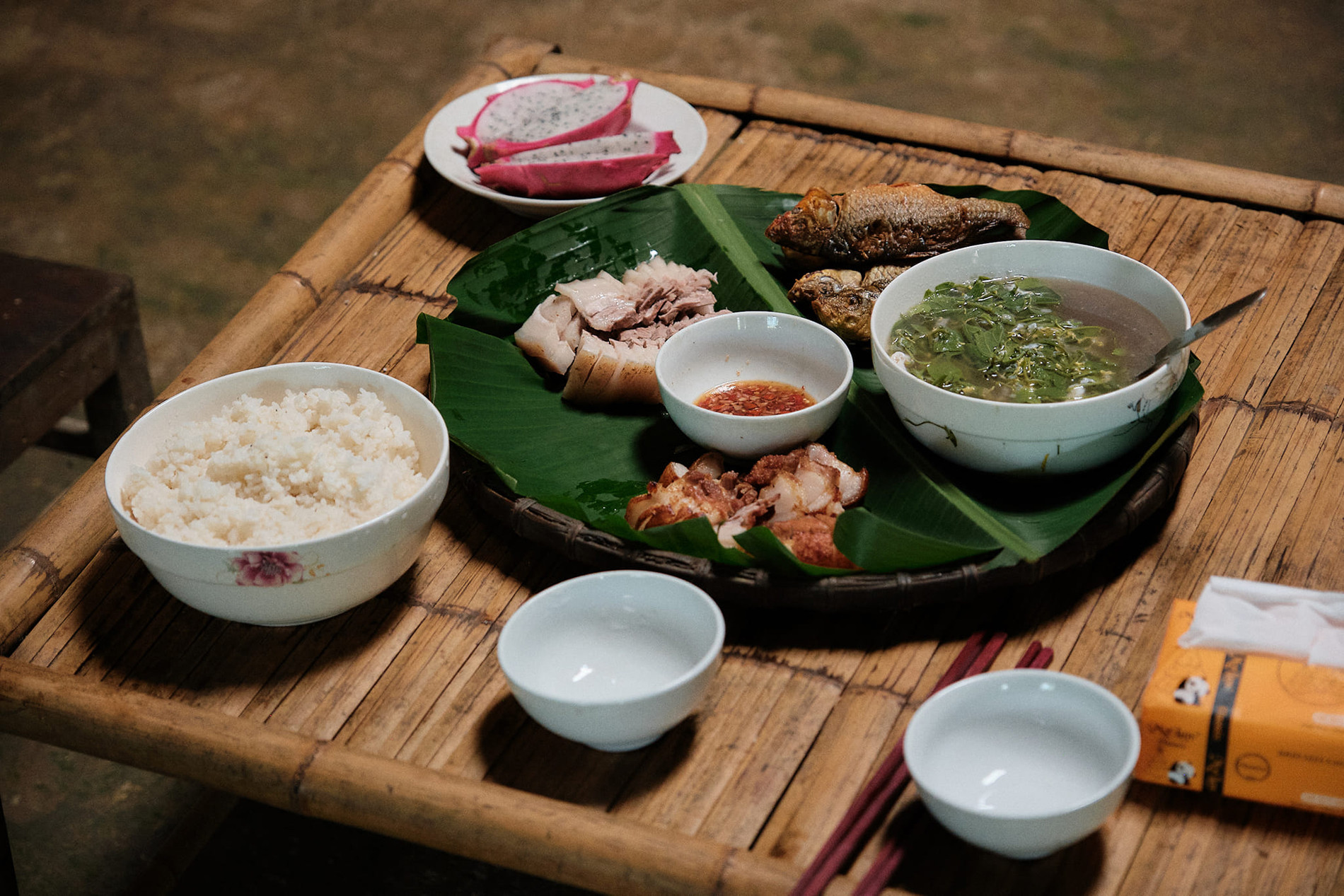
Currently, seven households in Hoài Khao offer homestay accommodations.
Visitors can also indulge in delicious local specialties such as carp from the rice fields and pork.
According to the Hanoi-based photographer, the ideal time to visit Hoài Khao is from late July to mid-September when the hamlet is in the rice season, and the scenery is at its most picturesque. No matter where you snap a photo, you’re guaranteed a frame-worthy shot.

Although a new destination on the Cao Bằng tourism map and not yet widely known, Hoài Khao has left a deep impression on all who have visited. It stands as a testament to sustainable tourism, prioritizing nature and cultural conservation.
“Hoài Khao is a worthy destination, especially for those who enjoy immersive travel experiences and embracing local cultures. I also hope that this place will not be overly commercialized and will retain its essence as a community-based tourism site,” expressed Minh Đức.













